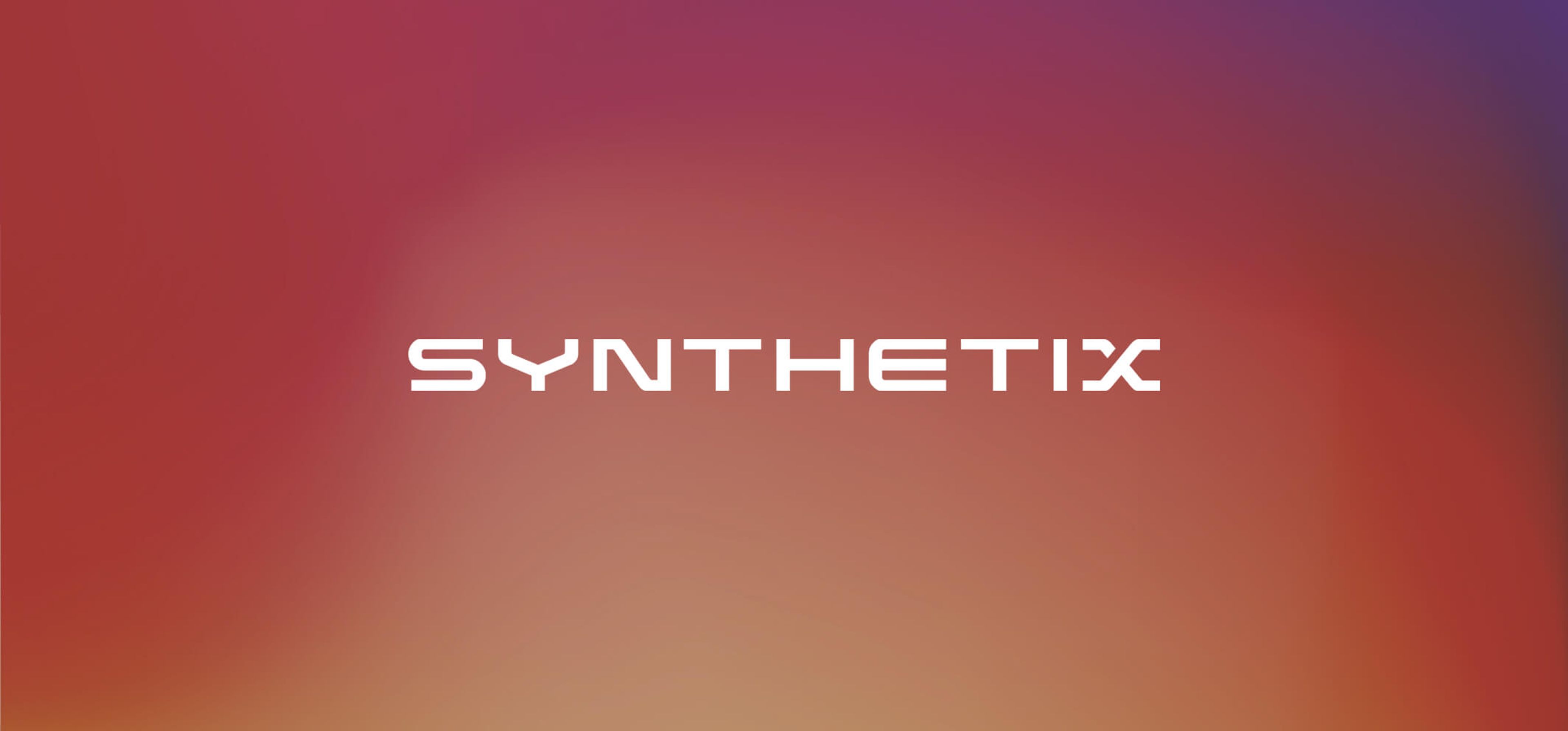Research
The state of Synthetix: A derivatives liquidity protocol

This is the eleventh post in our research series. In this series, we publish data-driven analysis on specific blockchains, dapps, and market segments. Let’s dig in!
Topic: Synthetix, a derivatives liquidity protocol.
Synthetix is a leading protocol for generating synthetic assets on Ethereum and Optimism. Synthetic assets are tokenized derivatives that track the price of another asset.
This article provides an overview of the protocol and looks at its historical performance using Token Terminal’s data.
Purpose
Synthetic assets, referred to as “synths” by Synthetix, enable traders and investors to have exposure to assets without having to own them. Users can use synths to, for example, hedge their risks and speculate on price movements. Furthermore, by using synths, it is possible to gain on-chain exposure to assets that may otherwise be unavailable due to lack of liquidity or for not being crypto assets.
Problem
Synthetix aims to tackle the following two problems. On-chain trading of off-chain assets (e.g., commodities and fiat currencies) is difficult and constrained by low liquidity. Also, while decentralized exchanges (DEXs) like Uniswap enable permissionless and decentralized trading of crypto assets, they can suffer from slippage (i.e., the difference between the expected and executed prices) and low liquidity. On DEXs, slippage increases as trade sizes grow relative to the amount of liquidity in the pool.
Solution
The Synthetix protocol lets users issue synthetic assets that are conceptually similar to over-the-counter derivatives. Synths are fungible ERC20 tokens that track the prices of external assets using Chainlink oracles and that can be used across decentralized finance (DeFi).
Users can mint synths by locking collateral into Synthetix’s smart contracts. The locked collateral can later be redeemed by burning the issued synths. The Synthetix Network Token (SNX) and Ether (ETH) can be used as collateral.
To account for inherent risks, Synthetix aims to have all synths overcollateralized with a 400% collateralization ratio for SNX and 150% for ETH. If the price of the underlying asset increases, the collateralization ratio can fall below the target. Synthetix implements economic incentives (e.g., staking rewards) to incentivize users to maintain the required collateral ratio. If the value of a user’s collateral falls too far below the target, the user can be flagged. In this case, they face liquidation unless more collateral is deposited or some synths are burned within 2 hours of being flagged.
Why now
Over recent years, blockchain technology has matured and DeFi has become a multi-billion dollar industry that is implementing many features of traditional financial systems. There is growing interest in bridging the gap between traditional finance and DeFi, and the interest in on-chain trading of real-world assets (RWAs) has grown, as evidenced by the growth of protocols like Centrifuge and Goldfinch.
Market
Derivatives are still a relatively new product in DeFi. The aggregate market cap of all derivatives protocols is currently below 2 billion USD.
Currently, Synthetix provides synths for fiat currencies and cryptocurrencies, and Synthetix has also developed a platform for trading synths. This positions Synthetix to potentially develop into a key infrastructure protocol for the stablecoin and DEX sectors, which make up a large portion of DeFi.
In the future, Synthetix aims to expand the synth offering to commodities and other RWAs, greatly increasing the potential market size of their product.
Competition
Synthetix competes with other decentralized derivatives protocols and with centralized and decentralized exchanges if traders use synths instead of the underlying assets.
Product
Synthetix’s main product is the synthetic asset issuance protocol and other protocols built on top of this. Currently, there are 15 synths available on Ethereum and 10 on Optimism. There are 7 synths that track the prices of fiat currencies (sUSD, sEUR, sJPY, sAUD, sGBP, sCHF, sSRW), 7 synths that track the prices of tokens (sBTC, sETH, sLINK, sADA, sAAVE, sDOT, sETHBTC), and 1 index synth that tracks prices of selected DeFi tokens (sDEFI). sUSD is by far the largest synth, making up 87% of the total value of synths. The tables below show the values of the synths on Ethereum and Optimism.
The synths can be traded on Kwenta, a trading platform built by the Synthetix team. On DEXs like Uniswap, the price of a trade depends on the size of the trade relative to the liquidity in the pool, causing slippage and making large trades expensive. On Kwenta, there is zero slippage as the prices are determined by Chainlink oracles. However, this exposes Kwenta (and the rest of the Synthetix stack) to oracle risks. The available liquidity on Kwenta is equal to the amount of collateral on Synthetix. Other protocols that integrate with Synthetix include Lyra and Thales.
Business model
Synthetix generates revenue by charging fees between 0.1% and 0.6% for synth trades that take place on the integrated protocols. The fees are distributed to SNX stakers to incentivize users to maintain their collateralization ratio. Over the past 90 days, Synthetix’s trading volume is 3.1 billion USD and revenue 10.1 million USD, resulting in an average trading fee of 0.3%.
Team
Synthetix started out as Havven, a stablecoin protocol founded in 2017 by Kain Warwick. The protocol is developed by an Australia-based company founded in 2017. In 2018, Havven raised 30 million USD in its initial coin offering (ICO). Later that year, Havven rebranded to Synthetix and expanded its product to derivatives. In 2021, Synthetix raised over 12 million USD in a funding round led by Coinbase Ventures and Paradigm.
The protocol is governed by three distinct decentralized autonomous organizations (DAOs): the ProtocolDAO that controls protocol upgrades, the GrantsDAO that funds projects to grow the Synthetix ecosystem, and the SynthetixDAO that manages protocol funds. The DAOs were preceded by the Synthetix Foundation until July 2020.
Financials
The SNX token was launched in March 2018 when 100 million tokens were minted. The genesis block tokens were distributed to investors in the token sale, marketing and partnership incentives, Synthetix Foundation, and the development team. The token supply will increase up to 250 million over the following 5 years. The tokens minted after genesis are distributed to SNX tokenholders as staking rewards.
The price of SNX reached its all-time high of 28.53 USD in January 2021 and has fallen down to below 3 USD since. The number of tokenholders increased rapidly until January 2021 and has stabilized at around 80,000 since.
Synthetix’s revenue has fluctuated greatly over time. On days with high trading activity, such as in September 2020 and June 2022, daily revenue exceeded 1 million USD. However, on most days, daily revenue has been measured in tens of thousands of dollars. It’s worth noting that the bear market of 2022 has not resulted in decreased revenue for Synthetix.
Although Synthetix’s trading volume and revenue increased significantly at the end of June 2022, the number of daily active users did not experience a similar spike, showing that a small number of traders were making large trades.
The total value of assets locked (TVL) in Synthetix’s smart contracts has been declining, although not as much as the price of SNX.
Given that more DeFi protocols can be built on top of Synthetix’s synths, developer interest in their protocol is crucial for Synthetix. To get a rough estimate of developer interest in Synthetix, the figure below shows the number of times their main repository has been starred (i.e., bookmarked) on GitHub.
Conclusion
Synthetix is a leading decentralized derivatives protocol that has managed the bear market of 2022 well. Its revenue has not declined and the ecosystem around the protocol is growing.
The authors of this content, or members, affiliates, or stakeholders of Token Terminal may be participating or are invested in protocols or tokens mentioned herein. The foregoing statement acts as a disclosure of potential conflicts of interest and is not a recommendation to purchase or invest in any token or participate in any protocol. Token Terminal does not recommend any particular course of action in relation to any token or protocol. The content herein is meant purely for educational and informational purposes only, and should not be relied upon as financial, investment, legal, tax or any other professional or other advice. None of the content and information herein is presented to induce or to attempt to induce any reader or other person to buy, sell or hold any token or participate in any protocol or enter into, or offer to enter into, any agreement for or with a view to buying or selling any token or participating in any protocol. Statements made herein (including statements of opinion, if any) are wholly generic and not tailored to take into account the personal needs and unique circumstances of any reader or any other person. Readers are strongly urged to exercise caution and have regard to their own personal needs and circumstances before making any decision to buy or sell any token or participate in any protocol. Observations and views expressed herein may be changed by Token Terminal at any time without notice. Token Terminal accepts no liability whatsoever for any losses or liabilities arising from the use of or reliance on any of this content.
Stay in the loop
Join our mailing list to get the latest insights!
Continue reading
- TEMPLATE weekly fundamentals

TEMPLATE weekly fundamentals
The latest from Token Terminal: new listings, metrics, and datasets. Stay informed with data-driven insights from Token Terminal Pro, and discover the latest updates to our API and Data Room offerings.
- Changelog #012

Changelog #012
We’re launching our new market sector pages to bring you a deeper level of data access in our public data platform. You can easily explore projects within a market sector, see trends for any metric across any market sector, and even see what activity is happening by chain within a market sector.
- Token Terminal x Messari: A partnership that advances the quality and distribution of onchain data & research

Token Terminal x Messari: A partnership that advances the quality and distribution of onchain data & research
Through this collaboration, Token Terminal will provide onchain data to Messari and support their platform and research reports with standardized and institutional-grade analytics